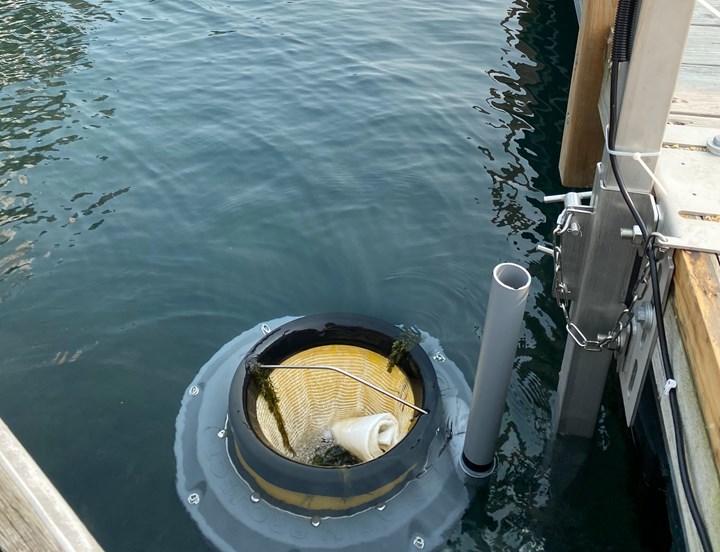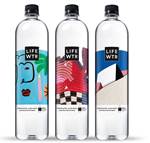Nova Chemicals Becomes Lead Corporate Sponsor for the Great Lakes Plastic Cleanup Initiative
The Nova Chemicals sponsorship will help bring two more marinas into the GLPC Initiative, bringing the total number of marinas participating to date to 13.
Nova Chemicals is now the lead corporate sponsor for The Great Lakes Plastic Cleanup Initiative (GLPC).
Launched on Aug. 27, 2020, the GLPC aims to combine innovative capture and clean-up technologies to remove plastics from the Great Lakes with messaging to communities and consumers (with an initial focus on Ontario) about the importance of reducing, reusing and recycling material waste.
“It takes all of us to shape a world that is better tomorrow than it is today. So we are excited to join the Council of the Great Lakes Region, Pollution Probe, Environment and Climate Change Canada, regional marinas and academic institutions on cleaning up our waterways. Ensuring the long-term environmental health of this public waterway is important to us all,” said Luis Sierra, president and CEO of Nova Chemicals.
This represents the largest deployment of Seabin and LittaTrap cleanup and capture technology in the world, in a region where immediate action on plastic pollution is vitally important.
The Nova Chemicals sponsorship will help bring two more marinas—Andrew S. Brandt Marina at Sarnia Bay and Bridgeview Marina—from the Sarnia-Lambton area into the GLPC Initiative, bringing the total number of marinas participating to date to 13.
The Great Lakes reportedly suffer from high levels of plastic pollution – in some locations, concentrations of plastic in the lakes are greater even than those recorded in ocean garbage patches. Shoreline cleanups show that plastic accounts for around 80% of the litter found on Great Lakes shorelines. It is estimated that approximately 10,000 tonnes of plastic enters the lakes and their surrounding waterways each year from Canada and the United States.
As part of the GLPC being implemented over the next five years, Seabin and LittaTrap capture technologies will collect debris throughout the spring, summer and fall months. The debris will be analyzed, and both marina-specific and aggregate results will be profiled on the GLPC website.
“Plastics play a vital role in society as they promote health and well being, but they do not belong in the environment. Through initiatives like this, as well as our investments in advanced recycling technology, bringing post-consumer recyclate (PCR) to market and encouraging use of recycled plastic in packaging design, we remain committed to building the circular economy solution,” Sierra said.

As part of the GLPC, being implemented over the next five years, Seabin and LittaTrap capture technologies will collect debris throughout the spring, summer and fall months.
Related Content
-
Advanced Biobased Materials Company PlantSwitch Gets Support for Commercialization
With participation from venture investment firm NexPoint Capital, PlantSwitch closes it $8M bridge financing round.
-
Prices for All Volume Resins Head Down at End of 2023
Flat-to-downward trajectory for at least this month.
-
Polymer Science for Those Who Work With Plastics: Why Entanglements — Not Just Molecular Weight — Drive Plastic Performance
Ever try running your fingers through tangled hair? Yeah … that’s not fun, but that’s what happens at the molecular level when polymer chains reach the right length. They wrap around each other, intertwine and … get stuck — and those tangles are the real reason plastics perform the way they do.








